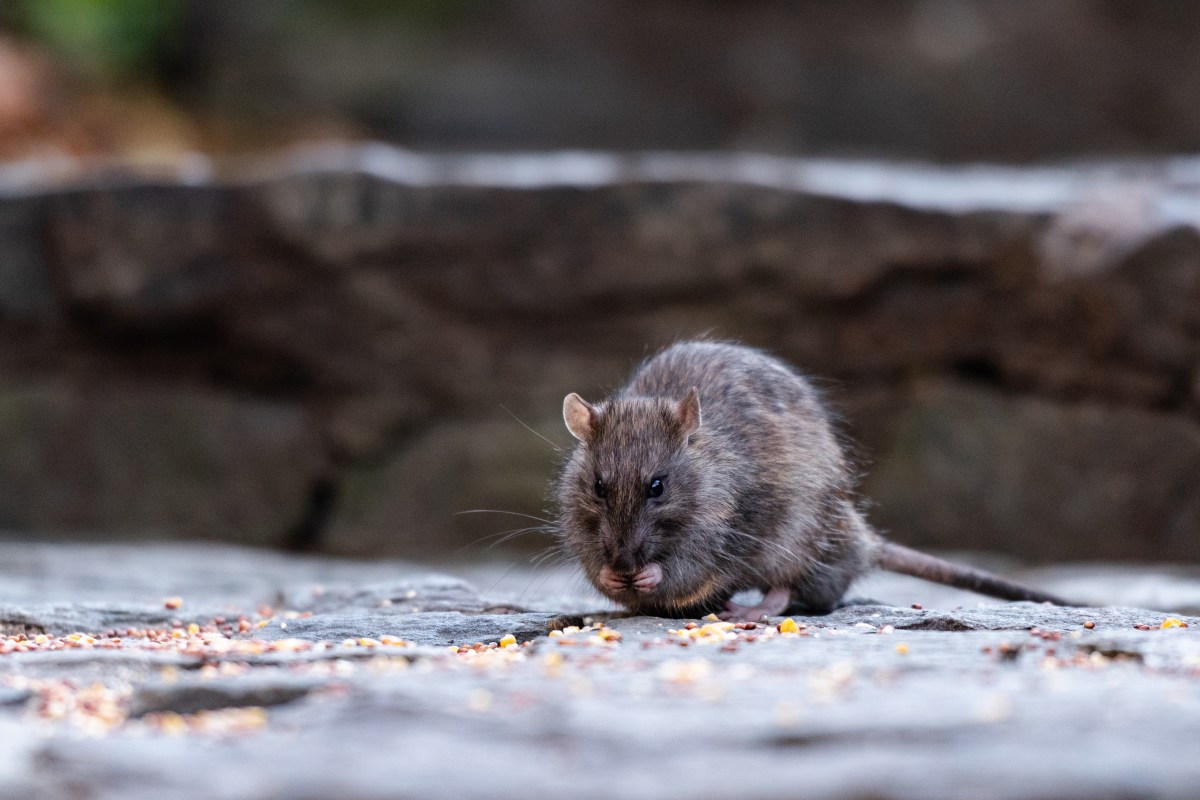The Bronx-based Wildlife Conservation Society is launching an Instagram project, “Cicadas in My Hood,” to document the current appearance of the periodical cicada in the eastern United States.
In a natural phenomenon occurring in wooded areas from North Carolina to Connecticut, the periodical cicadas of “Brood II” are emerging en masse from their 17-year development underground. These cicadas are characterized by blood-red eyes, black bodies, and orange wing-veins. WCS is asking that any photographs of these insects get shared on Instagram.
“Cicadas are as harmless as they are interesting,” said Craig Gibbs, an entomologist with the Wildlife Conservation Society. “They appear every 17 years in such great numbers that they have no natural defenses other than sheer numbers.”
To participate:
• Use a smartphone to snap a picture of cicadas
• Upload the image to Instagram
• Tag it with the hashtag #cicadasinmyhood
• Add it to your Photo Map, taking advantage of Instagram’s geo-tagging service
WCS will compile all photos submitted with the “cicadasinmyhood” hashtag into an interactive, user-generated map on the website www.wcs.org/cicadas/, demonstrating the breadth of this regional phenomenon.
The life cycle of the periodical cicada—one of the world’s longest living insects—is a fascinating one.
In 1996, the periodical cicadas of Brood II hatched from eggs in tree branches, fell to the ground, and burrowed down in search of tree roots for food. Seventeen years later, the insects are emerging in perhaps the billions.
Once the ground reaches a sustained temperature of 64 degrees Fahrenheit, the nymphs resurface, climb onto trees and other vertical surfaces, and transform into adults (also known as Imagoes).
The din of the cicada’s mating chorus can reach 90 decibels, comparable to loud traffic or a train whistle.
But the cicada cacophony is relatively brief; after six weeks of frenzied calling and mating, the adults will expire and disappear.
The eggs they lay will hatch soon after, and the nymphs will burrow into the ground to begin the 17-year cycle again.
























